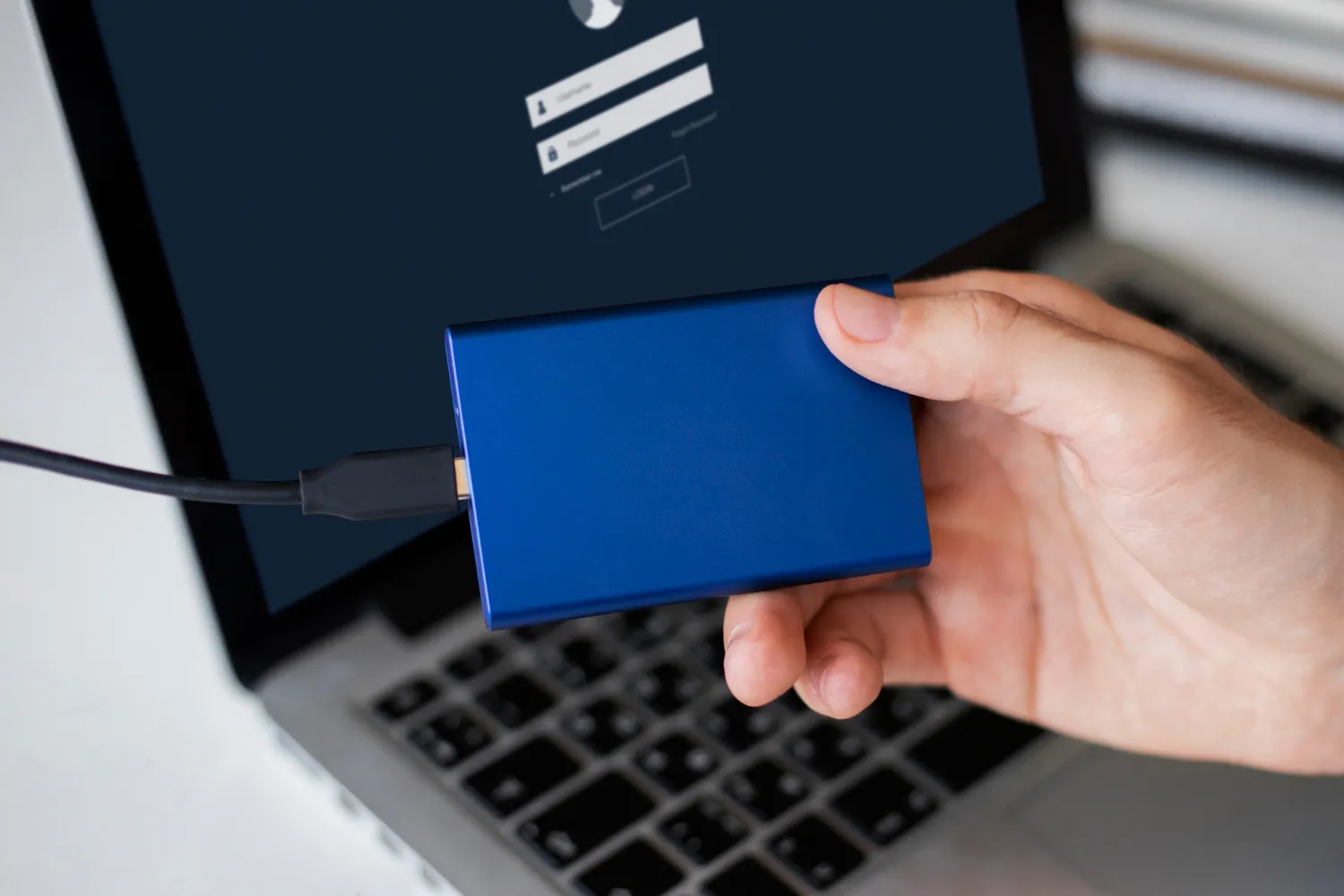A Comprehensive Guide to SSD Wear Leveling

SSDs are the new and trendy choices for computer storage devices because of their speed and stability. As against the traditional hard disk drive, SSDs store and retrieve data at a much faster pace because of the usage of flash-based memory. Another advantage that comes along with SSDs over traditional hard disk drives is that the former does not contain any mechanical parts, thereby giving it an edge of being more durable and reliable. If you want to give your computer an extra edge of performance and stability, then investing in an SSD is an excellent step. However, to ensure the longevity of the SSD, it is important to understand the concept of wear leveling and its importance.
SSD Wear Leveling Explained
What is SSD Wear Leveling?
The data stored in SSDs resides in flash memory banks. These banks are composed of individual cells. With frequent read and write operations, these cells can easily degrade. To address this problem and increase the lifespan of SSDs, the concept of "wear leveling" was introduced.
Wear leveling is a procedure that makes sure to evenly distribute the write and erase cycles within the flash memory cells. This prevents the wearing out of certain cells at a much faster rate than others and thus optimizes the entire lifespan of the SSD.
It is very important to note that NAND flash memory used in SSDs has a limited number of program and erase cycles, ranging from 50,000 to 100,000 cycles. Wear leveling technique distributes these cycles across all the cells and allows maximum usable life for the SSD.
SSD Wear Measuring
How to Check Your SSD's Wear
Monitoring your SSD's wear is necessary in order to ensure optimal performance and timely replacement when it reaches its end of life. Among the different methods employed to measure your SSD's wear, one can monitor the SSD wear level.
- SMART (Self-Monitoring, Analysis, and Reporting Technology) Tools: Most modern SSDs support SMART monitoring, providing substantial information about drive health and wear. You can use a number of SMART monitoring tools, such as Crystal Disk Info or Samsung Magician, to easily get the SSD wear counts and other relevant data.
- Disk Reporting Tools and Health Monitors: Many OSes have built-in disk reporting tools and health monitors. For instance, on Windows, you can use the Device Manager or the Disk Management utility to access SMART data to monitor your SSD's wear.
- Manufacturer-Specific Utilities: Some SSD manufacturers offer proprietary software utilities that provide detail about the wear and other health metrics of their drives. These utilities can be really useful for getting an accurate and manufacturer-specific data.
Important to note that not all SSDs support SMART monitoring, and results might not be accurate. Therefore, it's advisable to cross-check the information from multiple sources and consult the manufacturer of your SSD for the most reliable and up-to-date information.
Understanding the Wear_Leveling_Count
One of the key metrics for monitoring the wear of an SSD is the "Wear_Leveling_Count." In this respect, the value acts as a measure of the remaining life of the SSD device, which enables you to estimate its expected lifespan and plan for a replacement if needed.
The Wear_Leveling_Count usually starts at 100 when the SSD is brand new and decreases progressively with time as the drive is used. By observing the variations in this count over time, you can gain insights into how quickly your SSD is being utilized and whether it needs to be replaced soon.
Benefits of Using an SSD
Now that you know what SSD wear leveling is and how you can monitor the wear on your drive, here are some good reasons you should consider moving to an SSD for your computer:
- Faster Data Access: This means that SSDs offer significantly better data access speeds compared with traditional HDDs, meaning a more responsive and better-performing system in general.
- Smooth and Better Multitasking and Gaming Experience: With their high-speed data transfer rates, SSDs handle demanding tasks that require multitasking and gaming very well, hence a more enjoyable and smooth user experience.
- Low Power Consumption: The power that SSDs draw is low compared to the HDD, meaning they are the best option for mobile devices and laptops since they increase battery life in general.
- Durability and Reliability: As they have no moving parts, SSDs become more resistant to physical shocks and vibrations, hence there will be no recorded data loss, and it assures users of reliability.
- Quiet Operation: The absence of moving parts in SSDs also contributes to their silent operation, hence an excellent choice for users who are sensitive about noise.
- Versatility: SSDs can be had in various form factors, such as the traditional 2.5-inch and M.2 formats, allowing easy integration into a broad range of computing devices.
Conclusion
As technology continues to advance, SSDs have become an indispensable component in modern computing, offering superior performance, reliability, and efficiency. However, to ensure the longevity of these drives, it's crucial to understand the concept of SSD wear leveling and monitor the wear regularly.
By leveraging SMART tools, disk reporting utilities, and manufacturer-specific software, you can keep track of your SSD's wear and plan for a timely replacement when necessary. Remember, proactive monitoring and maintenance are key to maximizing the lifespan of your SSD and ensuring a seamless computing experience.
Whether you're a power user, gamer, or simply seeking improved system performance, upgrading to an SSD is a worthwhile investment that can elevate your computing experience to new heights.